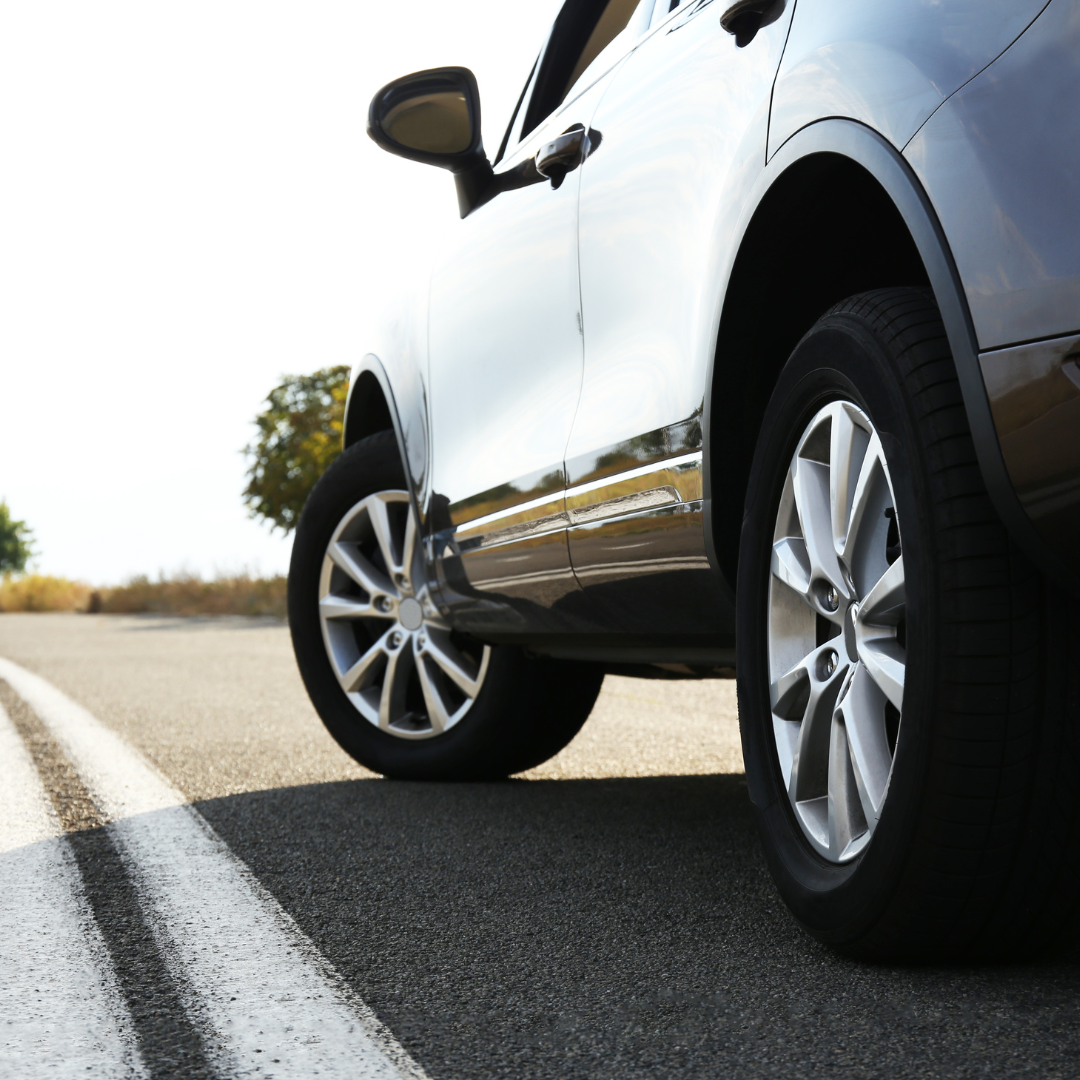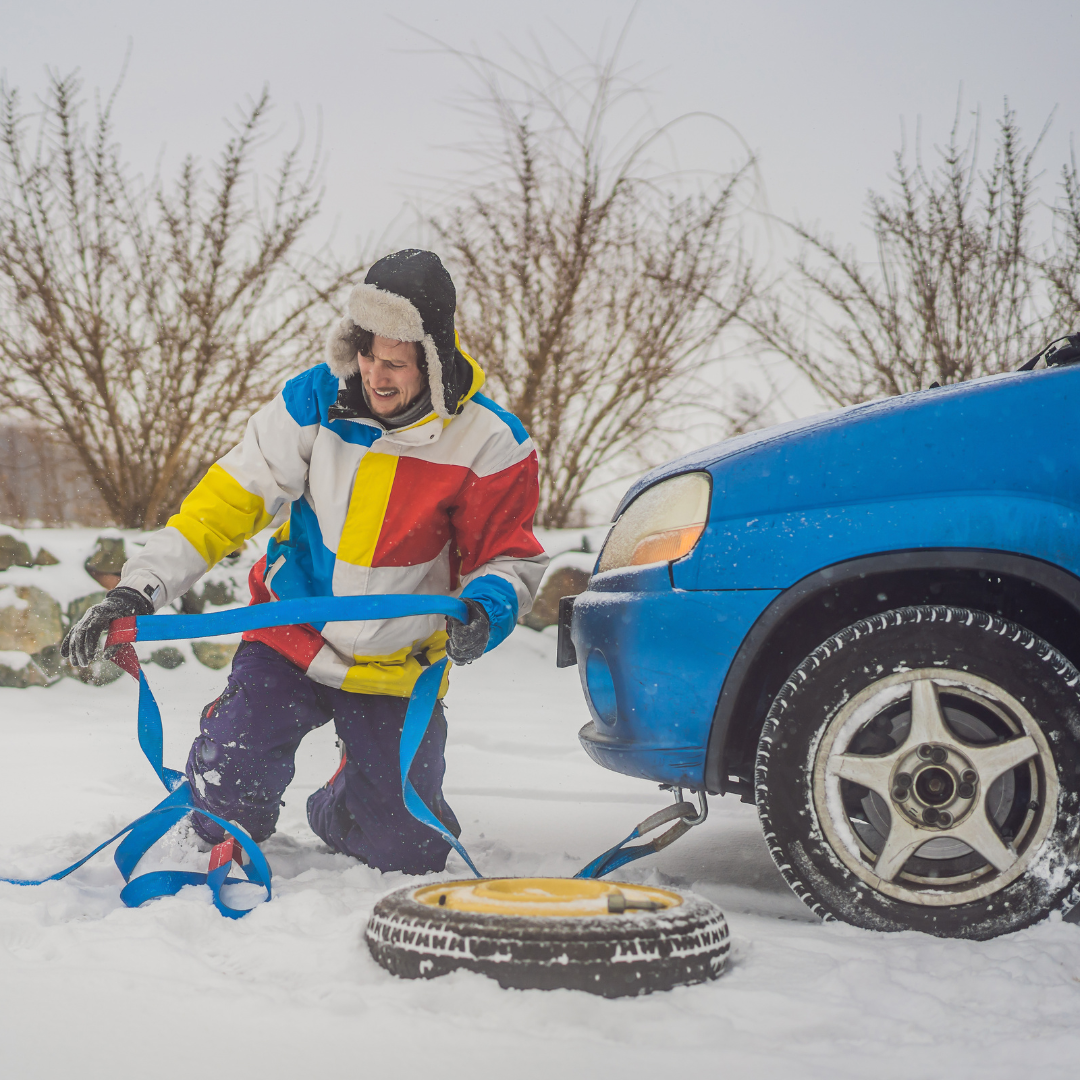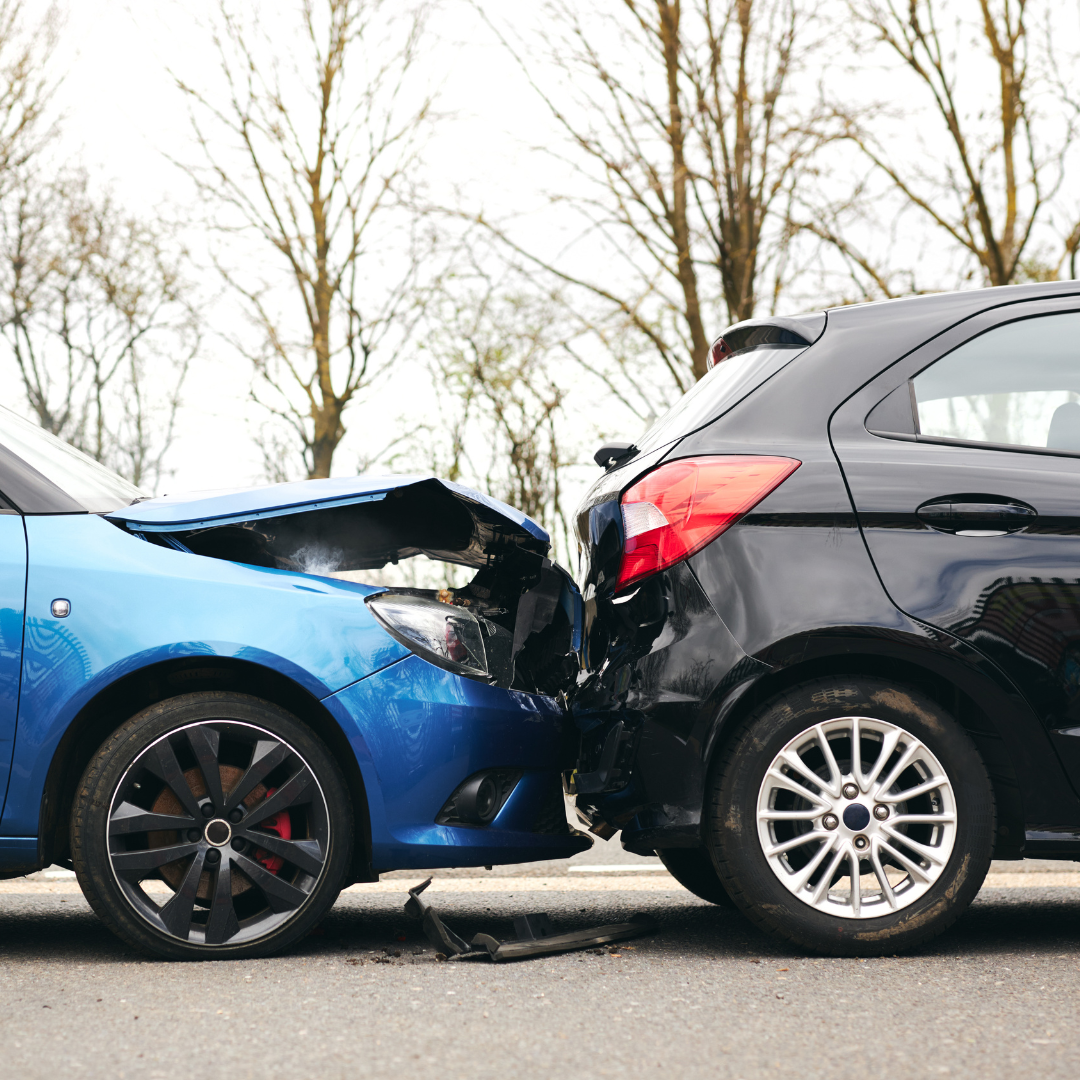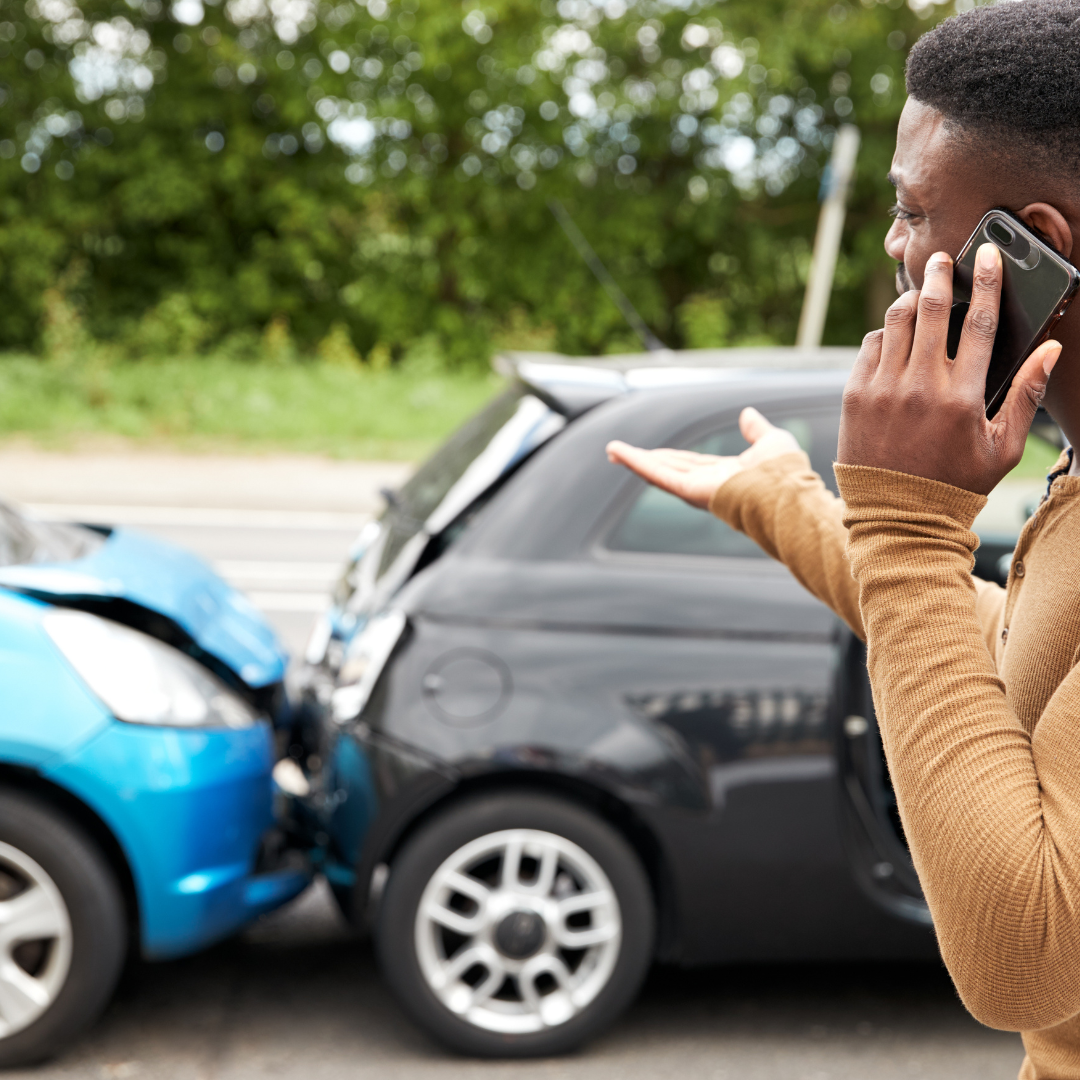How to Tow a Car: A Comprehensive Guide for Drivers
Broken down on the side of the road? Trust me, we’ve all been there. Now, there are hundreds of towing companies out there who could give you the help you need. They can help take you to the nearest auto shop, jump your car, change your tires; the works. But maybe you don’t need any of that. Perhaps you’ve got a friend or family member with a truck that might be willing to help out instead. Surely they know how to use that thing and help you out of a bind… right?
If you’ve ever found yourself stuck on the side of the road with a vehicle that won’t start, knowing how to tow a car can be a lifesaver. Whether you’re towing a car to a mechanic, moving it to a new location, or dealing with a roadside emergency, understanding the right techniques and equipment is essential. In this guide, I’ll walk you through what to know about how to tow a car safely, how to avoid towing mishaps, and how to ensure your towing experience is smooth and stress-free.
How to Tow a Car – What Do You Need?
Before diving into the specifics, it’s important to understand what you’ll need to tow a car. If you don’t have all the correct tools, you’ll just be spinning your wheels all afternoon and going nowhere. There are several methods of towing, and each requires different tools and preparations. Note: The DMV provides a nifty guide on how to tow vehicles yourself. You don’t want to get confused and accidentally use the wrong tool for the job. The tools will broadly depend on how much towing capacity you need.
Here’s a breakdown of what you might need:
- Tow Rope or Tow Strap: straps and ropes are ideal for short-distance towing, but they can only be used if your vehicle is equipped with a tow hook. Ensure the rope or strap is rated for the weight of your car, which can be found on the driver-side front door of your vehicle.
- Tow Bar: A more secure way to tow a car, especially for longer distances. It attaches to the front of the vehicle and allows it to be towed behind another car. Tow bars are hefty, durable, and reliable for many different sizes of vehicles.
- Towing Dolly: Just like with packages, a dolly lifts your vehicle partially off the ground to ease towing. Specifically, it elevates the front wheels of your car. If your vehicle is a front-wheel drive, then towing it on all-fours risks damaging the drive train, and if your vehicle is electric, then externally-driven rotation of your drive wheels could even damage the electric motor itself. Towing dollies are best used for these situations.
- Flatbed Tow Truck: If your vehicle is inoperable or has extensive damage, a flatbed truck is the safest method, as it ensures no further damage occurs to the car. This sort of truck will allow you to get the entire vehicle off the road, preventing any further motion or damage.
Types of Towing
Towing comes in various forms, and choosing the right one depends on the type of car you’re towing and the distance involved.
Rigid Hitch Towing
Rigid hitch towing uses a sturdy hitch that connects the towing vehicle to the towed car. This method is often used for short trips, such as moving a car to a mechanic just a few miles away. Usually, this involves a tow hook and hitch to be latched to each other with a rigid component. It is straightforward but requires both vehicles to be well-maintained.
Flexible Coupling
This towing method uses a tow bar with a flexible coupling between the two vehicles. The tow bar is designed to bend and flex for minor turns and motions, easing motion. This allows for some play between the towed vehicle and towing vehicle, which is ideal for situations where both vehicles need to make turns or move at different speeds. Especially when there is a large size difference between the two vehicles, such as between an RV and a sedan, this is extremely useful.
Towing on Tow Trucks
For more serious situations, such as long-distance towing or when a vehicle is inoperable, using a tow truck is the safest option. Tow trucks come in two main types: flatbed and wheel-lift trucks. A flatbed truck completely lifts the vehicle off the ground and into a flat bed, while a wheel-lift truck only raises the towed vehicle by its wheels. The flatbed is more useful if the vehicle is completely totalled, but wheel-lifts will help when at least the rear wheels can still rotate.

How to Avoid Towing a Car
While towing is a useful skill to have, it’s always best to avoid having to tow a car in the first place. If you can prevent these sorts of unpleasant situations, you won’t have to worry about how to tow your vehicle anywhere. Here are some steps you can take to prevent a break down:
- Regular Maintenance: Ensure your car is well-maintained with regular oil changes, tire rotations, and brake checks. Your car manual additionally provides a full schedule of regular maintenance tasks which need to be performed at certain mileages. A breakdown due to neglected maintenance will often lead to towing.
- Roadside Assistance: Having a roadside assistance plan can prevent the need to do your own towing altogether. Why tow yourself when you can have someone else do the towing for you? Companies like DriveSmart can provide quick services like jump-starting a dead battery or unlocking your car if you’re locked out, and of course, tow you to nearby destinations if necessary.
- Drive Safely: Regular maintenance won’t save you from accidents on the road. While you can’t control the actions of every other driver around you, you can do the best you can to avoid accidents by driving responsibly, with clear focus and senses, and in stable emotional states. As long as you don’t get yourself into an accident, the risk of needing a tow decreases dramatically.
Assistance and Mini Assistance – So You Don’t Have to Tow on Your Own
In situations where you don’t want to handle the towing yourself, roadside assistance can be your best friend. Many services, including DriveSmart, offer towing to members with short driving distances. If you prepare in advance with a roadside assistance membership, you can drive with peace of mind without fear that you might need to be towed.
Roadside assistance services offer more than just towing. They frequently also provide “mini assistance” for smaller issues like flat tires, dead batteries, or simple mechanical breakdowns that don’t require a full tow. These services can save you the hassle of towing by repairing the problem on the spot, and they often cost less than a full tow and avoid the trouble of cooperating with mechanics to get simple problems solved. Their technicians are usually friendly and well-versed in car troubles so they can help you get on the road quicker.
How to Prepare a Vehicle for Towing
Whether you are doing the towing or outsourcing it to a company, there are a few steps you need to follow to ensure that your vehicle is properly prepared for the journey. Here’s what you should do:
- Put the Car in Neutral: Always ensure the car is in neutral before towing. If the car is in gear or park, then you risk damaging the drive train and transmission during towing, which could create even more problems down the line. For automatic transmissions, there are often special procedures you need to follow, so make sure to consult your owner’s manual for any instructions.
- Disconnect the Battery: Disconnecting the battery can help prevent any electrical issues during the towing process. However, if you are using a towing method which requires the towed vehicle to provide turn signals, then it is not necessary to disconnect the battery.
- Secure the Vehicle: If using a tow rope, make sure it’s tightly secured to both vehicles before getting on the road. If using a tow bar, ensure it’s properly attached and locked in place. Nothing would be more catastrophic than your vehicles disconnecting in the middle of the tow.
What Should the Towed Car Driver Remember?
Just because you’re in the towed car does not mean you can relax now. As the driver of the towed car, you have a few responsibilities too. Here’s what you need to keep in mind:
- Stay Alert: It’s essential to stay alert and aware of your surroundings while being towed. If you’re being towed by a tow truck, follow the driver’s instructions. Communicate with radios, phones, or hand signals.
- Use Turn Signals: Indicate your intentions to other drivers with your turn signals in cooperation with the towing driver. This will help prevent accidents and keep you and the towing driver safe.
- Don’t Attempt to Drive: Never attempt to drive the towed car unless directed by the towing vehicle driver. This can cause damage to the car and complicate the towing process.
How to Tow a Car – 8 Most Common Mistakes
Towing a car isn’t as simple as it sounds, and there are several common mistakes that drivers make. Here are some of the most frequent errors to avoid:
- Not Using the Correct Equipment: Always use equipment rated for the weight of your vehicle. Your vehicle’s weight is inscribed in the inside of the front driver-side door. Tow bars are generally better suited for all weights.
- Towing Too Fast: Towing at high speeds can be dangerous, as it may cause loss of control, especially when turning. Stick to lower speeds and away from busy streets where possible
- Ignoring Vehicle Weight Distribution: Uneven weight distribution can cause the vehicle to become unbalanced and dangerous to tow. Make sure the towed vehicle is situated as far forward as possible to avoid swaying.
- Towing Without Proper Clearance: When towing, your vehicle is essentially twice as long, and requires a large turning radius. Ensure you have enough space for the tow to move freely.
- Forgetting to Check the Towed Car’s Transmission: If you’re towing a car with an automatic transmission, check if it’s towable without damaging the transmission. Your owner’s manual should carry this information
- Not Preparing for Towing in Advance: Always ensure your car is in neutral and the emergency brake is disengaged before towing. If not, you risk damaging your drive train and transmission.
- Towing Too Far: Some towing methods aren’t suitable for long-distance towing. Be sure to use a tow truck or flatbed for longer trips.
- Overloading the Tow Vehicle: Make sure the vehicle doing the towing has enough towing capacity to handle the weight of the towed car. If the towing vehicle is damaged too, now you are stuck towing two vehicles.
How to Tow Other Vehicles
Towing isn’t limited to just cars. You might find yourself towing a variety of vehicles, from motorcycles to trucks. Here’s are some basics of other situations you might tow in:
What Are the Basic Steps to Tow a Car?
Towing a car involves a few essential steps. First, gather your equipment. Next, attach the tow bar or rope securely to both vehicles. Make sure the towed car is in neutral, and then slowly begin driving at a safe speed. Always stay in contact with the driver of the towed car to ensure everything is going smoothly.
How Can I Tow a Car with a Truck?
Towing a car with a truck is fairly straightforward. Using a truck with the right towing capacity, you can either tow the car with a hitch and tow bar or load it onto a flatbed truck for the safest method.
How Can I Tow a Car Behind an RV?
Towing a car behind an RV is popular for road trips. For this, a tow bar is the most common solution. Be sure to use a system that’s rated for the weight of the car and follow all manufacturer guidelines for towing behind an RV.
How to Tow a Rear-Wheel Drive Car
To tow a rear-wheel-drive car, you’ll need to use a tow bar or a flatbed tow truck. Ensure the vehicle is in neutral and the emergency brake is off. Be cautious not to damage the transmission if you’re towing it for an extended distance.
DriveSmart Towing Available in Major Cities
Is Roadside Assistance Worth It?
Throughout this article, I have mentioned roadside assistance membership as a potential solution to the probability of needing towing. But having a roadside assistance membership requires advance forethought and, especially, paying in advance. Is having a service you might not need really worth it? Does insurance cover towing? It’s safe to say always expect the unexpected, right?
Absolutely. Because you also might need it. Imagine being stranded on a dark highway, unsure of who to call or how long it might take for help to arrive. No one wants to be in that kind of situation, am I right? That’s exactly where roadside assistance becomes invaluable. For a monthly cost, you gain access to a safety net that eliminates the stress and uncertainty of arranging emergency services on your own. Whether it’s a dead battery, a flat tire, or even running out of gas, a reliable roadside assistance plan ensures that help is just a phone call away, no matter where you are. Roadside assistance is like having support on speed dial. You know you can rely on it helping you get out of a jam.
Beyond the immediate assistance, many plans include valuable perks.
For example, trip interruption coverage can be included. This reimburses you for unexpected expenses like lodging, meals, or alternative transportation if your car troubles derail your journey. This added benefit not only helps you stay on track but also minimizes the financial strain that can come with unexpected breakdowns.
Comprehensive breakdown coverage is more than just an emergency service—it’s an investment in your peace of mind. It saves you time and money while sparing you the frustration and inconvenience that often accompany vehicle emergencies. With a good roadside assistance plan, you’ll never have to face the unexpected alone, ensuring that every journey, whether long or short, remains safe and hassle-free.
The Bottom Line
Roadside assistance is more than just a convenience—it’s a lifeline for when your vehicle lets you down at the worst possible moments. From towing services to lockout support, roadside assistance is designed to cover nearly every common roadside issue you might encounter, ensuring that you’re never left stranded or struggling to figure out what to do next.
Most plans go beyond the basics, offering services like fuel delivery if you run out of gas, winching if you’re stuck in mud or snow, and even trip interruption coverage to reimburse unexpected expenses if a breakdown disrupts your travel plans. With 24/7 availability, roadside assistance gives you the confidence to tackle any journey, knowing help is just a phone call away, no matter the time or place.
In today’s fast-paced world, where being stuck on the side of the road can throw your entire day into chaos, roadside assistance offers peace of mind, convenience, and security for drivers of all experience levels. It’s a smart investment that ensures you’re prepared for the unexpected, letting you focus on the road ahead with confidence.
If you’re ready to protect yourself from unexpected breakdowns, joining the DriveSmart Network is the smartest move you can make. With DriveSmart, you get access to:
- Exclusive roadside assistance coverage
- Personalized vehicle support
- The latest offers tailored for car enthusiasts like you
Don’t wait until you’re stranded—join the DriveSmart Network today and enjoy peace of mind on every drive.
DriveSmart is Here to Help
Roadside assistance is more than just towing. It’s about freedom, safety, and the confidence to enjoy the open road. With the DriveSmart, you gain access to premium roadside services, personalized support, and more. Our powerful app connects you with technicians faster. This means help is always just a tap away when you need it most.
Ready to drive smarter? Join today and enjoy peace of mind on every journey. Whether you’re a safe driver on a budget or need comprehensive coverage, we’ve got a plan that fits your lifestyle.
Life on the road can be unpredictable. Anything can happen when you least expect it. But with DriveSmart, you’re always prepared. Unlock towing services, exclusive offers, and personalized assistance that keeps you moving forward. Sign up now and let DriveSmart keep your wheels turning with confidence!
Get Reliable Towing Assistance Today!
Finding a tow truck service near you doesn’t have to be stressful. With DriveSmart, you get many perks! Access to a vast network of professional towing providers, ensuring fast and affordable roadside assistance whenever you need it. Join DriveSmart now to unlock our latest offers, personalized services, and peace of mind on the road!




